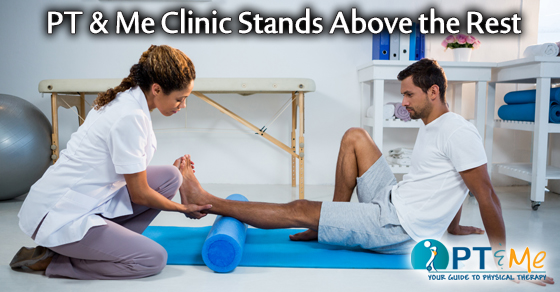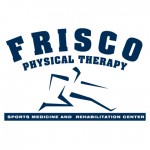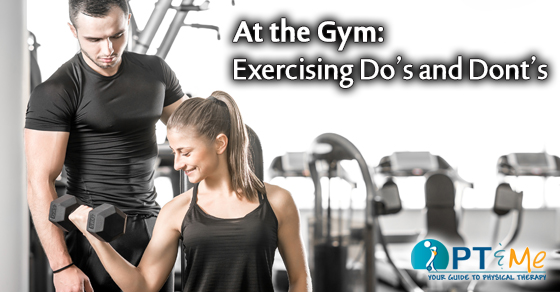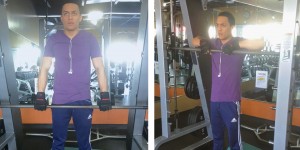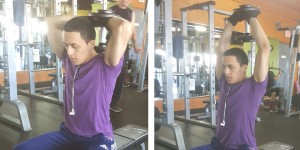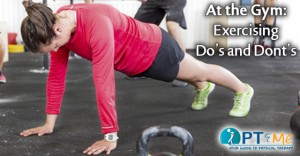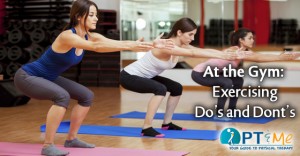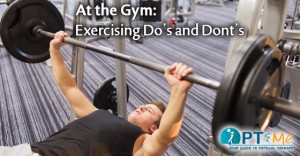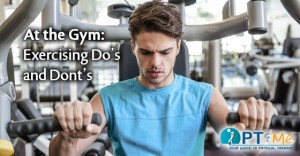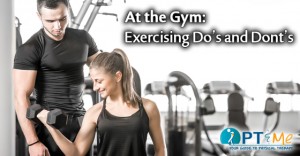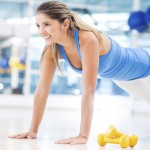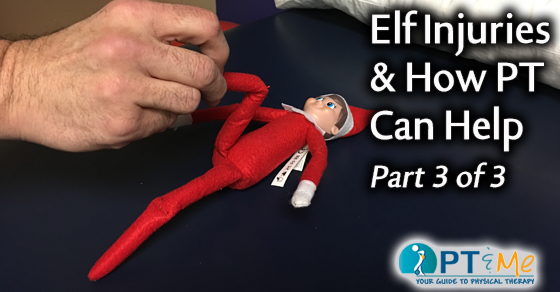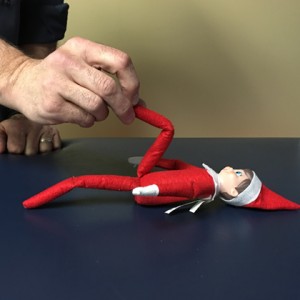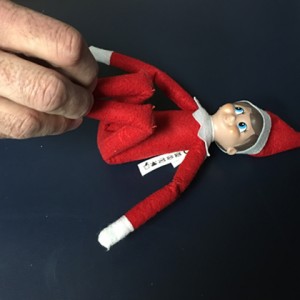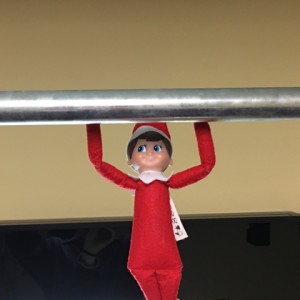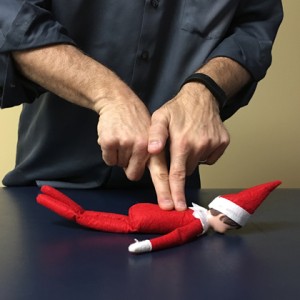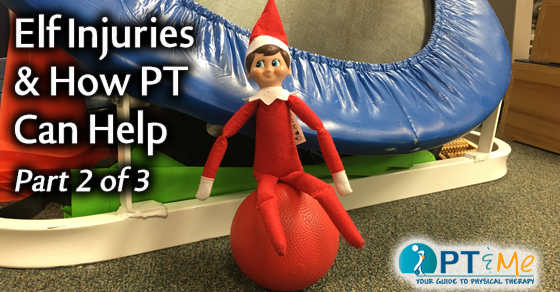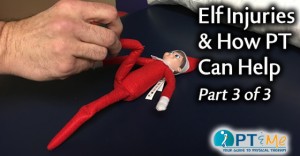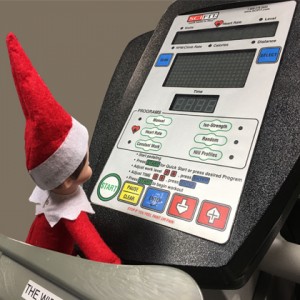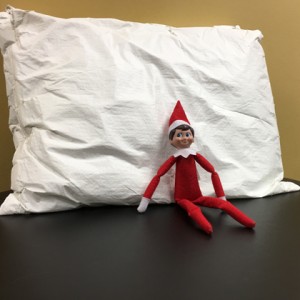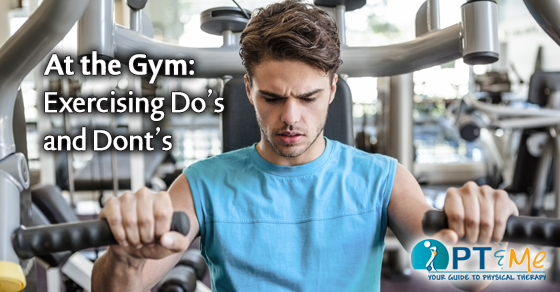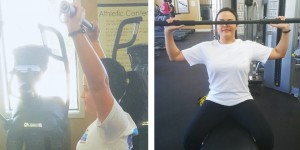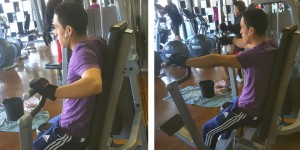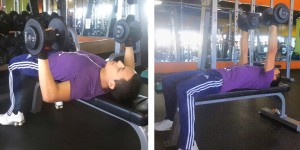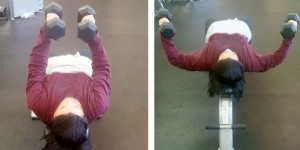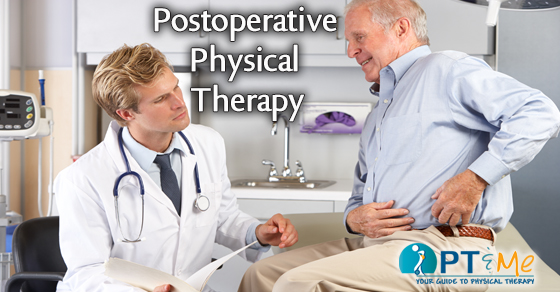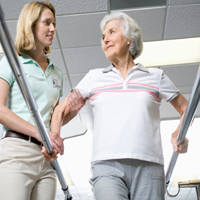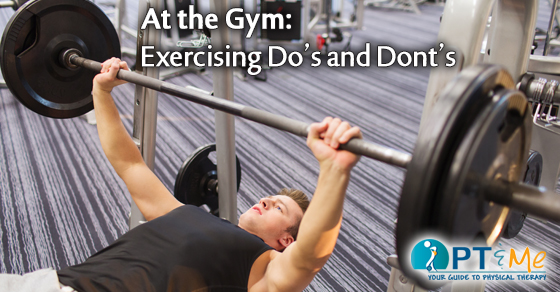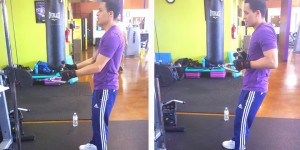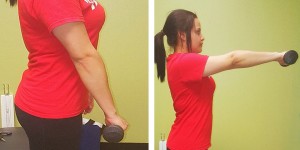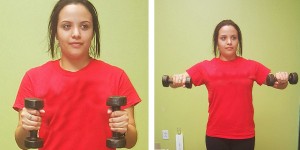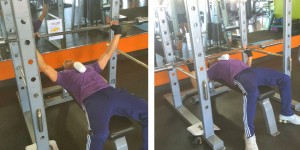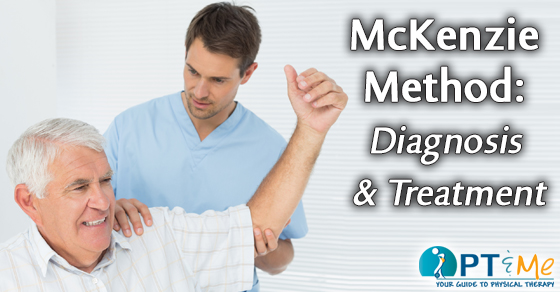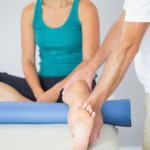At PT & Me we love it when our partnering physical therapy clinics shine. We are so excited that we couldn’t help ourselves, we just had to highlight one of our award winning clinics!
FRISCO PHYSICAL THERAPY – Physical Therapy Clinic – Frisco, TX
Frisco Physical Therapy was voted the BEST PHYSICAL THERAPY CLINIC in Frisco, Texas by over 32,000 readers of the Frisco Enterprise Newspaper. Clinic Director Colby Pigg, MPT graduated with honors in 1999 and has more than 18 years of experience in physical therapy. Perhaps one of the reasons Frisco Physical Therapy stands out among the crowd is the variety of services it offers to its patients. In addition to general orthopedics the licensed physical therapists in Frisco offer:
• Balance and Fall Prevention Programs
• Cancer Related Fatigue Program
• TPI Certified Golf Fitness Intructor
• Primal 7 and TRX Suspension Training
• Game-Ready Vasopneumatic Cold Compression
We are super excited for Colby and the rehab team at Frisco Physical Therapy for the honor they received by their community. We are certainly looking forward to all of the great things to come. More information about Frisco PT can be found at: www.friscopt.com

